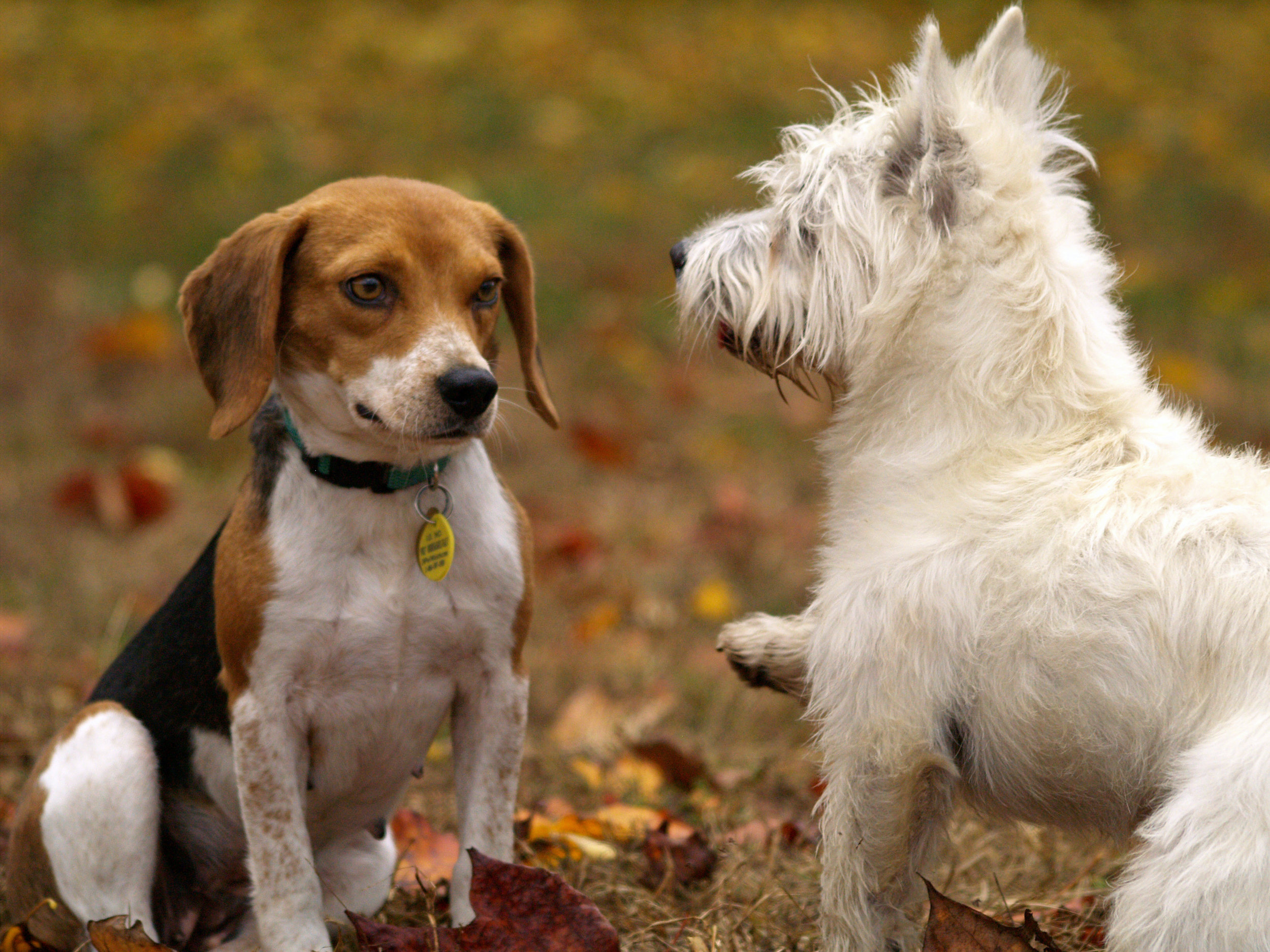Why Temperament Test

Lets start at the beginning. Most daycare/boarding facilities now require a temperament test. Every facility has their own clever name for it. Your facility may say “trial day” or “free first day” or “temperament Test”. Basically they are all referring to a temperament test, which is exactly what it sounds like. They want to get to know all about your pet. No two people’s personalities are identical. The same can be said for our pets. By understanding what makes each dog tick, trainers and handlers are better able to put together successful playgroups. What is a successful pay group you ask? Well, that means different things to different people but basically it means that there are no injuries to any of the participants and the dogs leave physically and mentally tired, but not overly exhausted.
Not all temperament tests are created equally. Currently there are no guidelines or set rules for how a facility temperament tests dogs or that they temperament test at all. It is completely up to the discretion of the owners and operators. The only exception is that there is a standard measuring tool that many non-profit agencies use when in-taking pets. It is the ASPCA SAFER test. According to the ASPCA’s SFEERwebsite “Safer is an aggression assessment that is a predictive consistent method for evaluating the probability of canine aggression in individual dogs that takes about 10 minutes.” The particularly nice thing about the Safer Assessment is that it is uniform across the country. This allows for a better matching and sorting of dogs.
A temperament test is only as good as the person who is administering the test. If the handler administering the test is not adept at reading dog body language then the chances of something going wrong when that dog is in future playgroups, rises. Don’t be afraid to ask your facility “Who conducts the test” and “What are their qualifications?” I promise, you won’t regret it.
Among other things, temperament tests evaluate a dog’s play style. You might guess at some of the more obvious categories. Like, is this dog aggressive with other dogs?. Does it like big dogs or little dogs?, is it a flight risk?. What you might not think about are things like: Is the dog anxious, excited or aggressive? Is the dog more independent or does he like to be right in the middle of things. Does she gravitate towards the handler or are they more timid when a human approaches? Really great temperament tests will check for kennel aggression, resource guarding and will observe bathroom habits as all of these things tell a lot about each dog.
Based on the results of a temperament test, your facility will determine first if the dog is eligible for services. Don’t worry too much, most pets can participate in some form of boarding if not boarding and daycare. They will also determine which play group(s) your dog is eligible for during future visits. Again, don’t be afraid to ask how your dog did. The facility’s answer will give you more insight into how they run their program. If they just say “great”, probe for more information. Most all pets experience some level of stress when away from their parents. Things that you thought Fluffy would never do, she does at daycare because she is more stressed out. Kujo, who you thought would never get along with small dogs, might just love little Cupcake when they get to the play area because you and your energy are not around.
No matter which facility you choose, you can be assured that with a proper evaluation, your pet will be safer because they took the time to assess the dog as an individual. I know it can be frustrating, hearing that you need a temperament test before beginning services when your flight leaves tomorrow and you need to board your pet now, but please be patient and plan ahead as it is all meant to keep your fur baby safe. In the end, isn’t returning to a safe pet the purpose of using a boarding facility?

